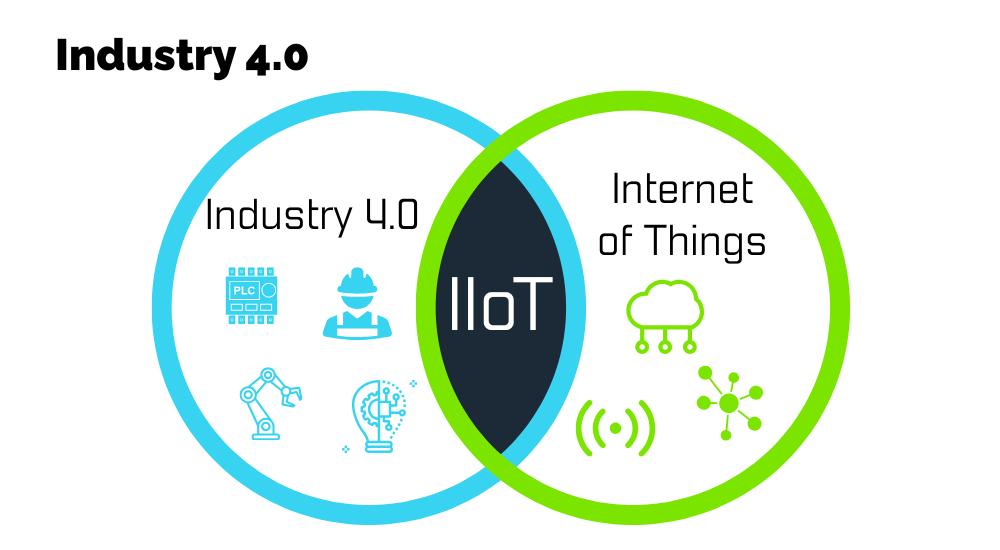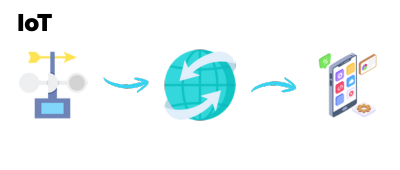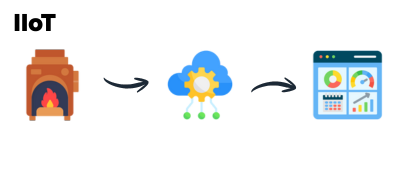IoT – Internet of Things
The Internet of Things (IoT) refers to the networking of physical objects with the internet.
A simple example from everyday life: A smart weather station in your garden measures temperature, humidity, and wind speed – and transmits this data to an app on your phone.
So IoT means that devices can communicate, collect data, and make it digitally available. This technology is already part of everyday life in homes, offices, and even entire cities (Smart Home, Smart Office, Smart City).
IIoT – Industrial Internet of Things
The Industrial Internet of Things (IIoT) brings this concept to the world of industrial production. Machines, sensors, systems, or entire production lines are connected to gather and evaluate data – all with one goal: greater transparency, efficiency, and availability.
Example:
A zinc furnace continuously sends data about its temperature, the condition of its heating elements, or potential faults to an IIoT platform. There, the data is visualized, stored, and analyzed – allowing failures to be detected early and processes to be optimized.
Industry 4.0 – The big picture
Industry 4.0 is more than just a buzzword – it’s a transformation. It refers to the fourth industrial revolution, where production, IT, and communication technologies converge. At its core is the digitalization and intelligent networking of all production processes.
IIoT is a key enabler of this evolution. Without connected machines, there’s no data analysis, no predictive maintenance, and no data-driven decision making.
 Conclusion
Conclusion
IoT connects things – IIoT brings intelligence to the industry – and Industry 4.0 is the path to the smart factory of the future.



